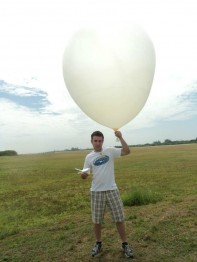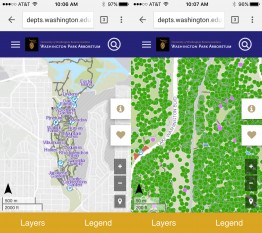El Niño is fairly well understood, and by now it’s a household word. But another huge system in the tropical Indian and Pacific oceans, which wreaks similar havoc in world weather, is relatively unknown and is just beginning to be explained. University of Washington scientists have published a mathematical model that could help explain and forecast the Madden-Julian Oscillation, a massive cluster of thunderstorms that plays a role in global weather.
Read more at UW Today »University of Washington hosts Joint Ocean Commission Initiative Meeting
Ocean policy experts from around the nation convened at the University of Washington on January 27 to talk about the future of oceans. Members of the Joint Ocean Commission Initiative Leadership Council met with West Coast leaders at the College of the Environment’s Center for Urban Horticulture. Hosted by the College and Dean Lisa Graumlich, the discussion focused on new ways to strengthen the maritime economy and environmental health along the West Coast, including Washington.
Read more »Forest conservation, phytoplankton, and more
Each week we share the latest peer-reviewed publications coming from the College of the Environment. As a special New Year edition, we are including all the new articles that have been published in 2016. This week, we are showcasing articles about forest conservation, phytoplankton, and more. Check them out!
Read more »What’s the name of that tree? New interactive plant map for arboretum
First-time visitors and regulars to Washington Park Arboretum can now learn the names and origins of plants as well as save favorites while strolling through the grounds. A new interactive map for smartphones and tablets shows every plant and tree that’s part of the arboretum’s collection, now numbering more than 15,000. Visitors can pull up the map on their phones, locate themselves, then zoom in to see which plants are nearby.
Read more at UW Today »UW students return from Paris climate talks, advocate for stronger youth voice
Empowered by their experience abroad, a group of College of the Environment students are working toward more youth engagement in global conversations about the planet.
Read more »





